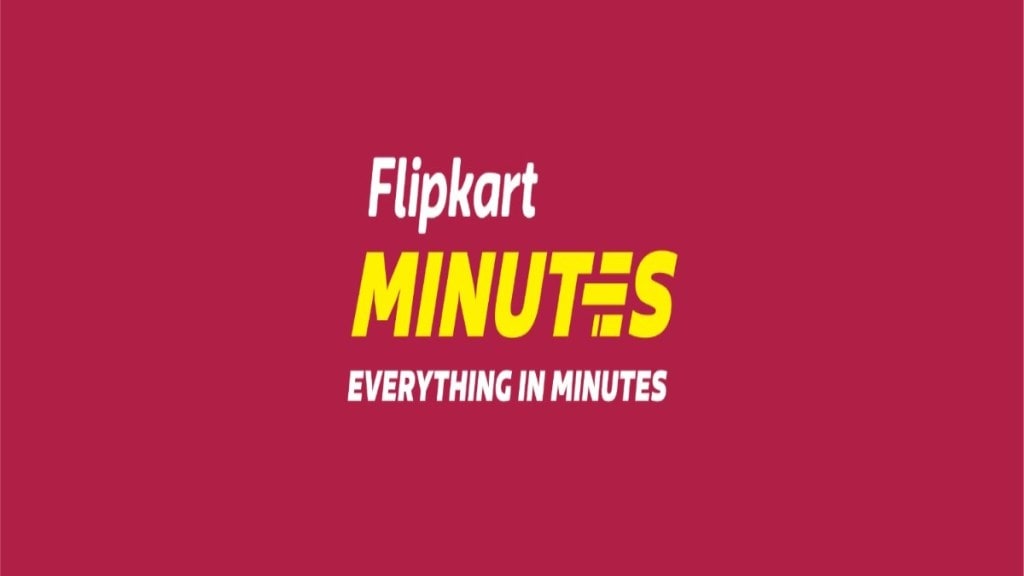Flipkart was late in entering the quick commerce space through its vertical, Flipkart Minutes, which is headed by Kabeer Biswas — the co-founder and former CEO of Dunzo. In an interview with Anees Hussain, Biswas discusses how the company is leveraging Flipkart’s existing strengths to chart a differentiated path in the high-stakes rapid delivery space.
How is Flipkart Minutes performing compared to other quick commerce platforms?
We are seeing significantly higher average order value (AOV) than any other competitor in this space, at least among those who report publicly. That’s largely because of the kind of customer Flipkart already attracts. People come to Flipkart with a mindset to purchase high-value items, be it fashion, electronics, or lifestyle goods. That behaviour carries over even when they engage with our quick commerce offering. While other platforms have grown their AOVs gradually from a lower base, we have had the advantage of starting from a stronger point. Even as we ramp up our daily essentials business, which tends to bring AOV down while boosting order frequency, we have managed to stay ahead of industry benchmarks.
What is the AOV you are targeting to make the model sustainable?
It really comes down to a mathematical balancing act involving three variables — delivery radius, order density, and AOV. If people were ordering `1,000 worth of goods, you could cover a four-kilometre radius with 800 orders a day and be in the green. But if the AOV is closer to `600-650, you need to tighten that radius to two kilometres and push 1,200 orders to hit the same economic viability. The larger quick commerce space now understands this equation quite well. The real differentiator now is operational efficiency, how well you can execute within those constraints, and how you set your offering apart.
What are some of those differentiators for Flipkart Minutes?
Hyperlocal customisation is a big one, especially for food. Take vada pav in Mumbai, for instance. The specific bread used, known as lathi pav, is something people are very particular about. Now, if a Mumbaikar moves to another city and can’t find that same quality or variant, they notice. So, we have made localised assortment a key pillar. We carry close to 10,000 SKUs (stock keeping units), with a strong focus on stocking what makes sense for each neighbourhood. That hyperlocal fit is hard to copy at scale. Also, Flipkart already sees strong intent for high-ticket items. People come to us to buy phones, apparel, or appliances. That behaviour is very different from platforms where the relationship begins with a `100 grocery basket. Our funnel starts higher, and that makes it easier to drive AOV and cross-sell.
How viable is quick commerce in smaller cities?
It’s not just viable but it’s growing faster than expected. We are in 19 cities today, and in many Tier-2 and Tier-3 markets, we are seeing explosive growth. In fact, we are not just competing, but we are expanding the market itself. In places like Guwahati, Flipkart is already the dominant online shopping platform. So, when we launch Minutes there, we already have trust, infrastructure, and user data to build on. Around 75% of what we need is already in place due to our core e-commerce business. That shortens go-live timelines dramatically. And yes, even in Tier-3 cities, customers now expect 10-15 minute delivery. It’s no longer just a metro phenomenon.
Is advertising now a major revenue stream for the business?
It’s growing very rapidly, more than doubling recently. But quick commerce advertising isn’t about showcasing variety like traditional e-commerce. It’s about owning mental real estate in high-frequency categories. So, when someone needs chips or detergent, a particular brand should be top of mind. Advertising is one of five pillars for success here, along with supply chain, customer base, delivery operations, and high-value inventory. The good news is we are able to plug into Flipkart’s mature ad stack and brand partnerships.
How are you approaching store formats?
We run three store formats based on local product demand and density. On average, each store is around 3,500 square feet. This isn’t the 200-300 sq ft model others use. These are proper dark stores optimised for selection, speed, and volume. The format depends on what that area can support in terms of sales velocity.
Blinkit is going full inventory, Zepto is piloting franchising. What’s your take?
We have also enabled seller-partner models in some areas. But fundamentally, the customer doesn’t care how it works. They just expect it to work. Whether it’s inventory-owned, franchised, or marketplace-driven, what matters is operational reliability and economic viability in that geography. The trade-off is really between control and capital efficiency. But at the end of the day, only one question matters, that is, can you deliver on expectations consistently, and profitably?
Are you building a separate app for Minutes?
We are evaluating that. No decision has been taken yet. If the market demands it and we believe it will enhance customer experience, we will act. But for now, integrating with the core Flipkart app gives us a big edge in reach and conversion.

